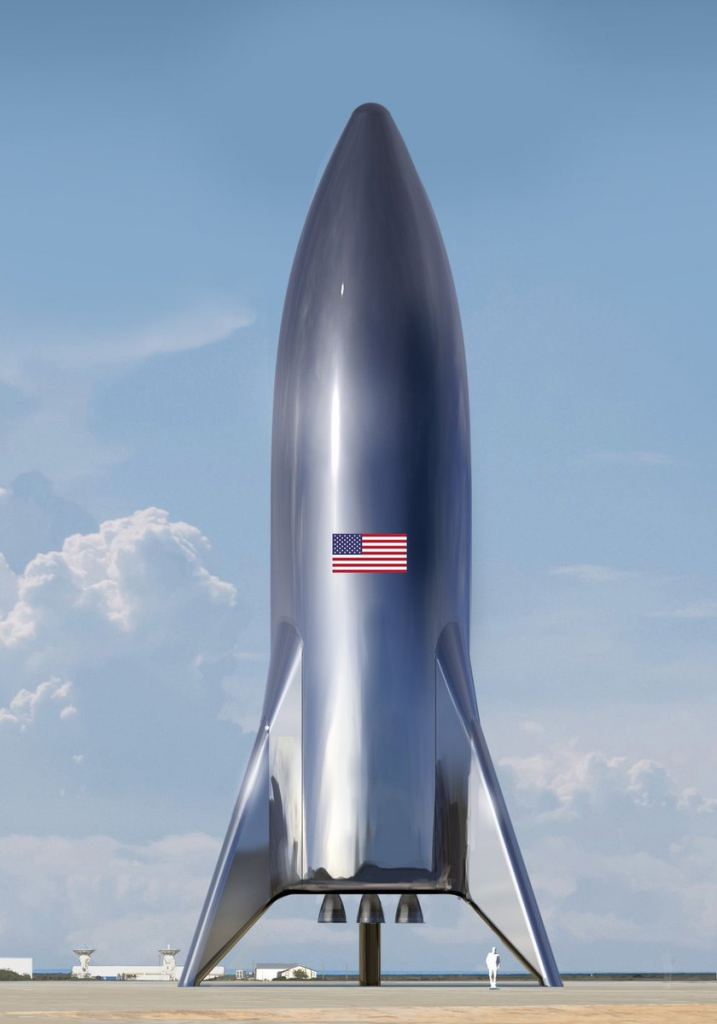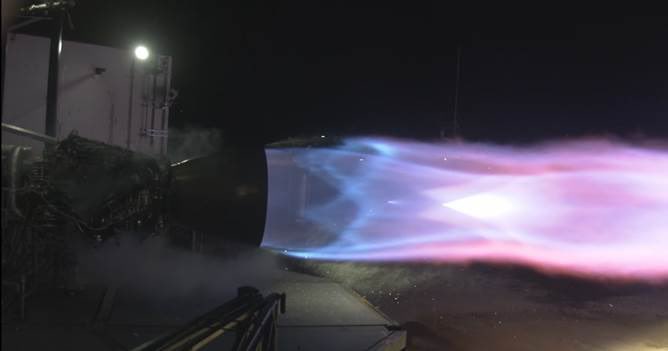2019 has been shaping up to be an interesting year for SpaceX and its founder, Elon Musk. After completing work on the miniaturized version of the Starship (Starship Alpha or “Starship hopper”) over the holidays, SpaceX moved ahead with the test-firing of its new Raptor engine in late January/early February. In accordance with Musk’s vision, these engines will give the Starship the necessary thrust to reach the Moon and Mars.
The test-firing took place at SpaceX’s Rocket Development and Test Facility, located just outside of McGregor, Texas. As Musk recently tweeted, the tests went very well, achieving the thrust necessary for both the Starship and its first-stage booster, the Super-Heavy. Musk also claimed that the engine broke the previous record for combustion chamber pressure, which was established by the Russian RD-180.
The RD-180 was the product of the Soviet-era Energia rocket program, which sought to create a super-heavy launch vehicle that would take the reusable Buran spacecraft (Russia’s version of the Space Shuttle) into orbit. While the program was discontinued, the engine survived and was even imported to the US, where it became part of Lockheed Martin’s Atlas III rocket and United Launch Alliance’s Atlas V.
Raptor reached 268.9 bar today, exceeding prior record held by the awesome Russian RD-180. Great work by @SpaceX engine/test team! pic.twitter.com/yPrvO0JhyY
— Elon Musk (@elonmusk) February 11, 2019
For decades, the RD-180 and its predecessor (the RD-170) held the record for combustion chamber pressure, ranking in at 26.7 MPa (3,870 psi) and 24.52 MPa (3,556 psi), respectively. However, three days after Musk initially tweeted about the Raptor’s performance results, he declared that the chamber pressure had “reached 268.9 bar” – which works out to 26.89 MPa (3,900 psi), thus establishing a new record by about a 1% margin.
Musk was asked if this performance had anything to do with SpaceX’s decision to use a combination of cryogenically-supercooled liquid methane and liquid oxygen (LOX) to power the engines, which will reportedly be able to give them a 10-20% boost over conventional engines. To this, Musk replied in the negative, stating that the methane and LOX fuel were barely kept below liquid temperature for the test-firing.
When kept at cryogenic temperature, Musk anticipates that the engine will be able to achieve its target chamber pressure of 300 bar (4350 psi), but went on to state that “only 250 bar is needed for nominal operation of Starship/Super Heavy.” If this proves to be true, the Raptor will have exceeded the previous performance record by a margin of 11%.

Granted, these results are all preliminary and the Raptor has yet to perform as part of an integrated system. And with almost 20 years of experience under its belt, reaching chamber pressures of up to ~257.5 bar (3735 psi) regularly aboard the Atlas V rocket, the RD-180 still has the edge. However, with test flights of the Starship Alpha expected to begin next year, we won’t have to wait long to see if the Raptor can truly outperform the RD-180.
If all goes well, SpaceX hopes to begin construction on a full-scale prototype of the Starship in late 2019 or early 2020. Based on the tentative dates Musk has provided in the past, it is hoped that the Starship will be ready to conduct its first cargo flights as early as 2022, its first lunar passenger flight by 2023, and its first crewed flight to Mars by 2024 (which is to be followed by the construction of Mars Base Alpha by 2028).

